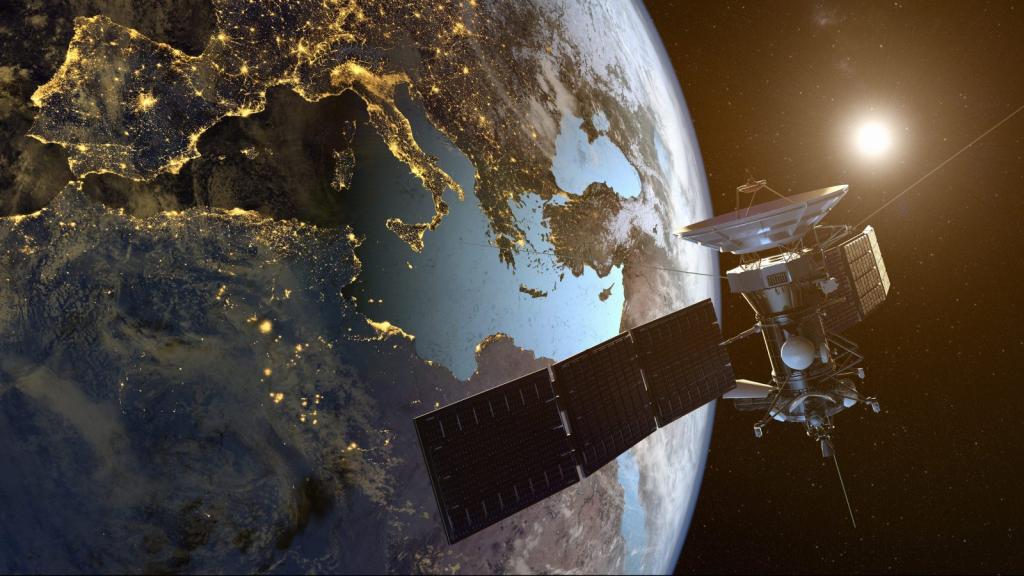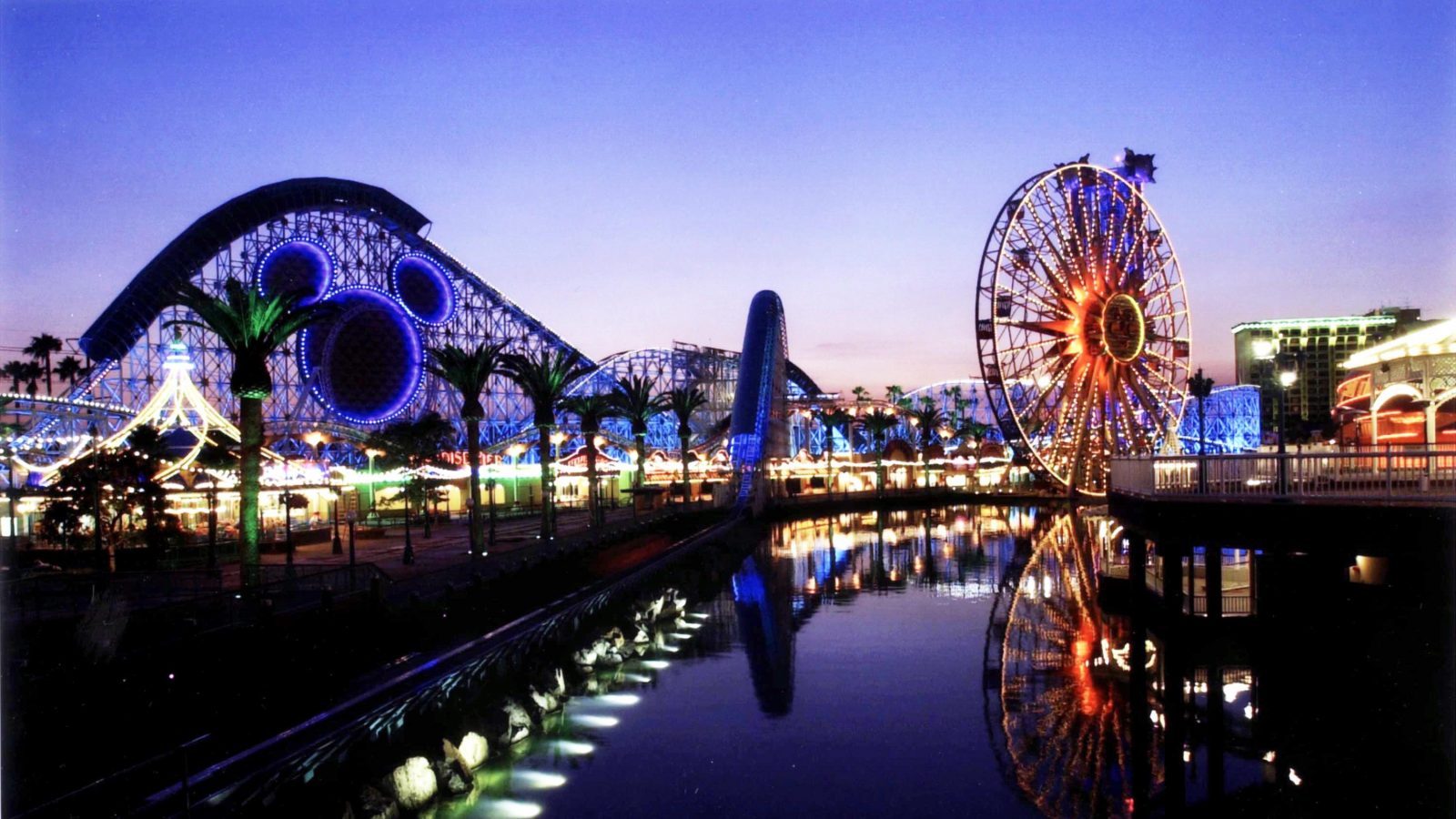This story was originally published by CityLab and is reproduced here as part of the Climate Desk collaboration.
Ever since the Walt Disney Company began work on the Magic Kingdom near Orlando in the late 1960s, the Mouse, as locals call it, has wielded considerable political power in the state. Case in point? A law enacted in 1967 makes it totally legal for the company to build and operate a nuclear reactor on its property south of Orlando proper.
Recently, there have been rumblings in Florida politics about changing this. State Senator Victor Torres believes a family vacation spot is no place for a nuclear-power plant, and it’s time to strike the law from the books. “I don’t think Disney would ever [build a nuclear plant], I don’t foresee that, but I just want to prevent anything like that from occurring — period,” he told The Orlando Sentinel in February. During the legislature’s 2019 session, which ended on May 3, another lawmaker, State Representative Bruce Antone, contemplated filing a bill that would block the Walt Disney Company’s ability to build a nuclear reactor. (He didn’t file it, in the end.)
If you’ve ever been to Disney World, you know that one of the hallmarks of Disney properties is the company’s total control of nearly every aspect of the guest experience. To many, this is one of the great things about Disney: They’ve thought of everything you could possibly need before you need it.
Walt Disney himself believed that political power was necessary to make that level of organization possible. That’s why, beginning in the late ’60s, his company carved out its own political jurisdiction in Central Florida. It created the Reedy Creek Improvement District, making Disney World its own tightly controlled governmental entity with its own laws. Disney has the power, for example, to create its own police force, even though it hasn’t so far.
This kind of sway is behind the original law that allows Disney to erect a reactor, and why the company has had the literal nuclear option for so long. But is repealing it really necessary?
A Disney employee I spoke with off the record found the idea of a nuclear reactor on the property absurd. If Disney ever built a nuclear plant in Reedy Creek, it would tarnish the image of the company, which it goes to such great pains to maintain. Nuclear energy has a bad reputation, even though it does not produce direct carbon emissions. The Walt Disney Company would no doubt rather be associated with energy options that the public views more positively.
That means renewables. The Magic Kingdom added a huge solar facility to its repertoire in 2018, and the company plans to reduce its carbon footprint significantly over the next year. (A different solar field opened in 2016, with a typically Disney touch: It’s shaped like Mickey Mouse’s head.)
Renewable energy also harkens back to Disney’s original mission. “[Walt Disney] really believed in green technologies,” said Christian Moran, director of the documentary Great Big Beautiful Tomorrow: The Futurism of Walt Disney. In fact, Disney’s vision for EPCOT, his city of the future, was environmentally progressive, especially for its time. It did away with cars and relied largely on electricity.
“Whether or not Walt would have [built a reactor] is up for debate,” Moran said. “By the ’70s, solar technologies were already getting to the point that he would have begun really investigating that … I don’t think that Walt ever would have moved forward with a nuclear-power plant. I think that he was just kind of giving himself options.”
Even Antone, who almost filed the bill that would nix the nuclear option, doubts that the step is necessary. His bill, he told CityLab, is aimed at making contract arbitration binding for Reedy Creek firefighters; the nuclear clause was likely added for leverage, he said.
The cost to build a nuclear plant is in the billions, Antone noted. “You’re talking about 30 or 40 years before they would even begin to break even on that,” he said. “The likelihood of them building a power plant is probably slim to none. There would be a huge cost to going through the regulatory process. I don’t see them going down that road any time soon.”
According to Rick Foglesong, professor emeritus at Rollins College in Winter Park, Florida, and the author of Married to the Mouse: Walt Disney World and Orlando, the Walt Disney Company asked for a lot more powers than nuclear fission.
Disney was already a powerful company when it came to Florida — more powerful, perhaps, than the state was used to dealing with. So while it was setting up shop in its new, swampy home, “Their attorneys asked for authority to do everything that they might possibly want in the future,” said Foglesong. “They also asked for and were given the authority to manufacture distilled beverages, which doesn’t quite fit with the Disney image either. It’s unlikely at the time that they ever imagined using that or any of these powers.”
In other words: Expect a Disney reactor to materialize about the same time as Disney-branded small-batch bourbon.
Additional reporting by Amanda Kolson Hurley.



